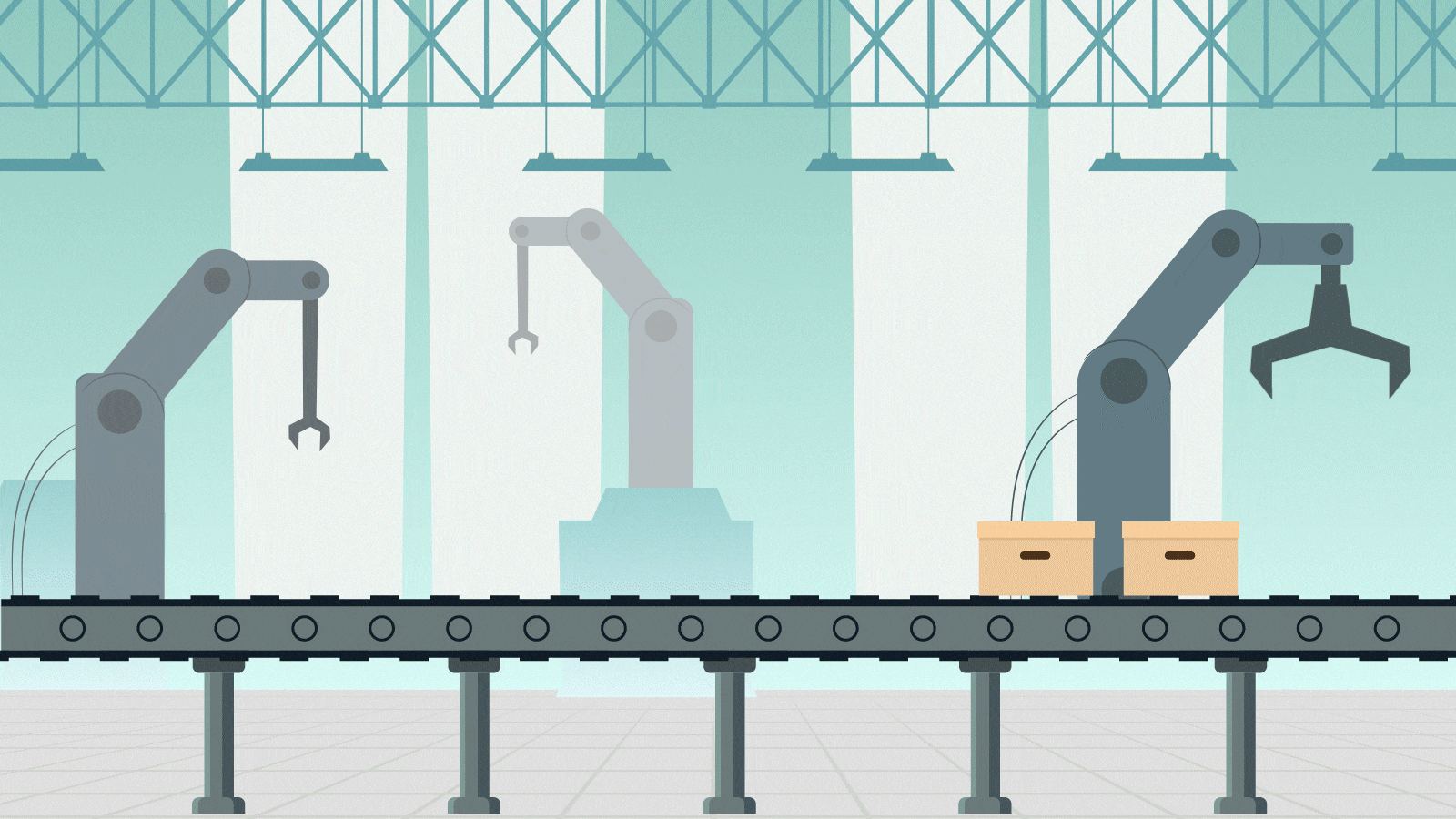Traditional text-based learning systems have been proven, repeatedly, to be less effective in helping learners remember the content they’re being taught. However, with the rise of the digital revolution and, in parallel, digital learning, the further utilisation of visual stimuli in learning has been the unforeseen solution to this dilemma.
Human brains are excellent image processors that, consequentially, aid in memory retention. But, in this day and age, with all the surrounding distractions learners face daily, it is more challenging than ever to keep learners engaged with learning content. But, making use of audio-visuals, such as animation, in your learning can be the answer to diminish this hurdle.

What is animation?
Animation is a medium that brings static stills to life. A very broad category, animation can be catagorised in two major types: 2D and 3D animation. Animation is commonly associated with children’s cartoons, with the misconception that this medium is childish and cannot be used for professional means. Yet, some fail to realise that animation is incorporated everywhere in our daily lives, from adverts to your favourite mobile applications.
Animation and learning

Using animations in your learning can create immersive memorable experiences for learners. This medium is capable of keeping learners engaged with the learning content and also entertained as a bonus.
For instance, by using vivid illustrations and typography or even subtle humour, which would doubtlessly get the learners’ attention, you can assist them in better envisaging complex concepts, by making information easier to digest.
To increase the likelihood of this happening, the animator/s must make it a necessity that the animation forms a positive connection with learners. Our brains opt to either discard new information or store it as long-term memories, depending on the connections we form with the information. So, if you form a positive connection with the information, you are more likely to remember it.
Animation is also a means of linking senses together, which are, most commonly, auditory and visual. Known as Dual Coding Theory, the linking of senses form associations and makes information easier to remember, and also increases the likelihood of the learner retaining the new information.
Animation, also has the ability to make closer connections through empathy. Empathy plays a critical role in learning by affecting how audiences react emotionally. For this to happen, it is essential that animators fully understand their target audience, in this case, learners. Making use of techniques such as the 12 principles of animation, a set of principles developed by Walt Disney animators, can heighten the audience’s emotional response. Using narratives, such as storytelling, is a way for the facilitator to empathise with their learners by sharing first-hand experiences, concerning the content being taught.
By encompassing the audiences’ emotional side with animation, it is highly credible that it will leave meaningful insights with learners, further increasing the likelihood of content retention.
How can animation be integrated into your learning?
There are several ways for one to include animations as part of their digital learning courses, the most common being through eLearns and online digital platforms. In eLearns, it can serve as a mode of interactivity, either for scenario-based simulations or gamification. Differing from traditional learning, users have the ability to control the pace of how they view this type of media, through pausing and rewinding and also by altering motion graphic interactions.
Our services
Within PwC's Academy Malta we are a team of enthusiastic instructional designers with a passion for learning. Although some of our off-the-shelf eLearns may apply to your business; we can design and produce digital learning assets tailored to your needs and issues in a pedagogical and engaging way. Animations are an integral component in our learning assets! Animations are used in:
- digital learning course pages
- eLearns
- learning videos
- assessments
- etc
If you would like to know more, feel free to get in touch.















